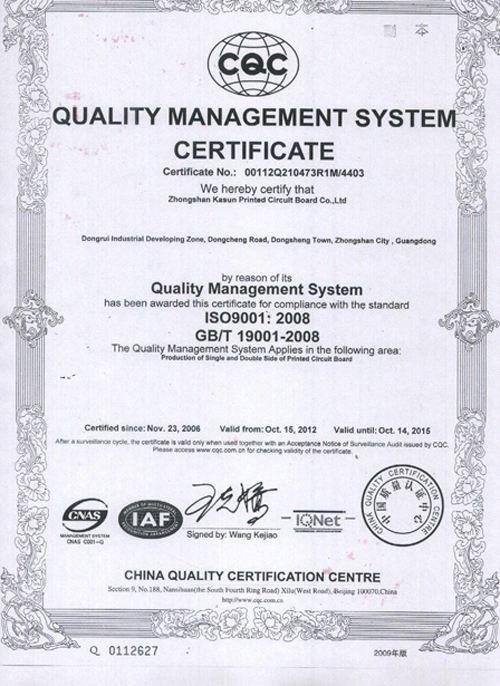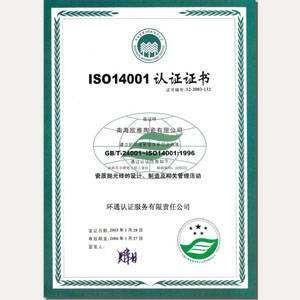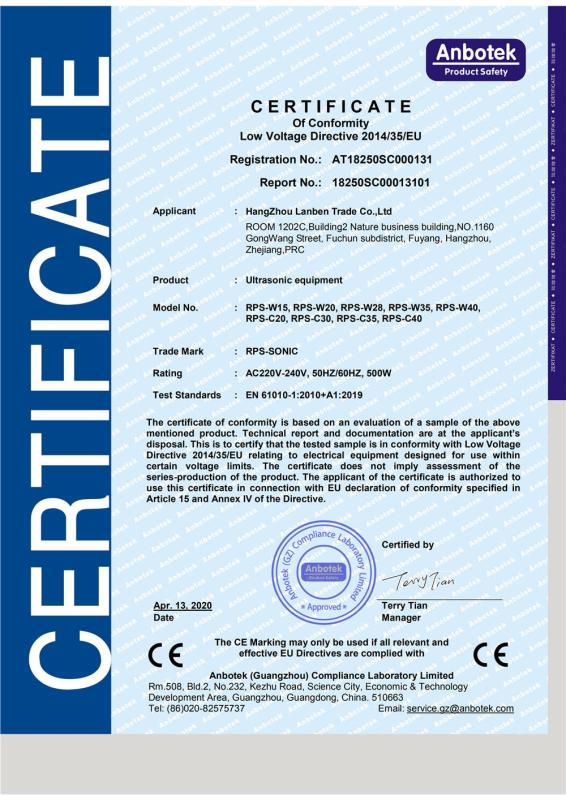20Khz 800w Ultrasonic ageing impact equipment for Ultrasonic stress relief
20Khz 800w Ultrasonic ageing impact equipment for Ultrasonic stress relief
Parameter
| Model No. | UIT20 | |
| Ultrasonic Frequency | 20Khz | |
| Maximum Output | 800 Watt | |
| Amplitude | 40um | |
| Power Supply | 220V / 50-60 Hz | |
| Ultrasonic Generator | Size | 250(W) x 310(L) x 135(H) mm |
| Weight | 5 Kg | |
| Feature | Ultrasonic Amplitude Adjustable | |
Description
Ultrasonic impact is the use of high-power ultrasound to push the impact tool to impact the surface of metal objects at a frequency of more than 10,000 times per second. Due to the high frequency, high efficiency and large energy of the ultrasound, the metal surface produces a large piezoplastic deformation: at the same time The ultrasonic shock wave changes the original stress field and produces a constant value of compressive force; the ultrasonic shock wave can be strengthened.
Principle of stress relief The basic principle of ultrasonic welding stress relief equipment is to use high-power ultrasonic to push the impact tool to impact the surface of metal objects at a frequency of more than 20,000 times per second. Due to the high frequency, high efficiency and large energy of the ultrasonic wave, the metal surface Produce Th larger compressive plastic deformation; at the same time, the ultrasonic welding stress relieving equipment wave changes the original stress field, produces a certain value of Th compressive stress; and strengthens the impacted part. Therefore, ultrasonic welding stress relief equipment can significantly improve the fatigue strength of metal welded joints and structures, and greatly extend their fatigue life; eliminate residual tensile stress, and produce Th compressive stress on the impacted part, thereby improving the load-bearing capacity of the workpiece; effectively improving welding The geometric shape of the toe greatly reduces the stress concentration factor at the weld toe, and its effect is much better than the TIG process; eliminates micro cracks and welding defects on the surface of the weld toe, inhibits the premature cracking Th; strengthens the surface of the metal parts, improves the surface quality and service life . The equipment is highly efficient, energy-saving, pollution-free, easy to use, and is not limited by the shape of the workpiece, site, and environment, and the treatment effect is remarkable.
The basic principle of ultrasonic welding stress relief equipment treatment method to improve the fatigue strength and fatigue life of welded joints After welding, use ultrasonic to push the impact tool to impact the weld toe of the weld along the direction of the weld at a frequency of more than 20,000 times per second to produce Th Larger compression plastic deformation results in a smooth geometric transition of Th at the weld toe, which greatly reduces the stress concentration caused by the excess height and pits at the weld toe; eliminates the tiny surface layer at the weld toe
Cracks and slag defects suppress the premature initiation of cracks Th; adjust the welding residual stress field, eliminate its welding tensile stress, produce a certain value of residual compressive stress near the weld toe; and strengthen the material at the weld toe. Therefore, ultrasonic welding stress relief equipment can simultaneously improve several factors that affect the fatigue performance of welds, such as weld toe geometry, residual stress, defects such as micro cracks and slag, surface strengthening, etc., so it can greatly improve welding The fatigue strength and fatigue life of the joint.
Effect
1. Turn the residual tensile stress in the surface layer of the metal weld into a compressive stress, thereby greatly improving the fatigue life of the metal structure.
2. Change the metal crystal grain structure in the surface layer to produce a plastic deformation layer, thereby significantly improving the strength and hardness of the metal surface layer.
3. Improve the geometry of the weld toe and reduce stress concentration.
4. Change the welding stress field, significantly reduce welding deformation and improve the dimensional stability of the workpiece.
Application areas: industries that have strict requirements on the stability and strength of the welded joints. Such as: metal welding in industries such as bridges, electric power, shipbuilding, pressure vessels, and steel structures.



















